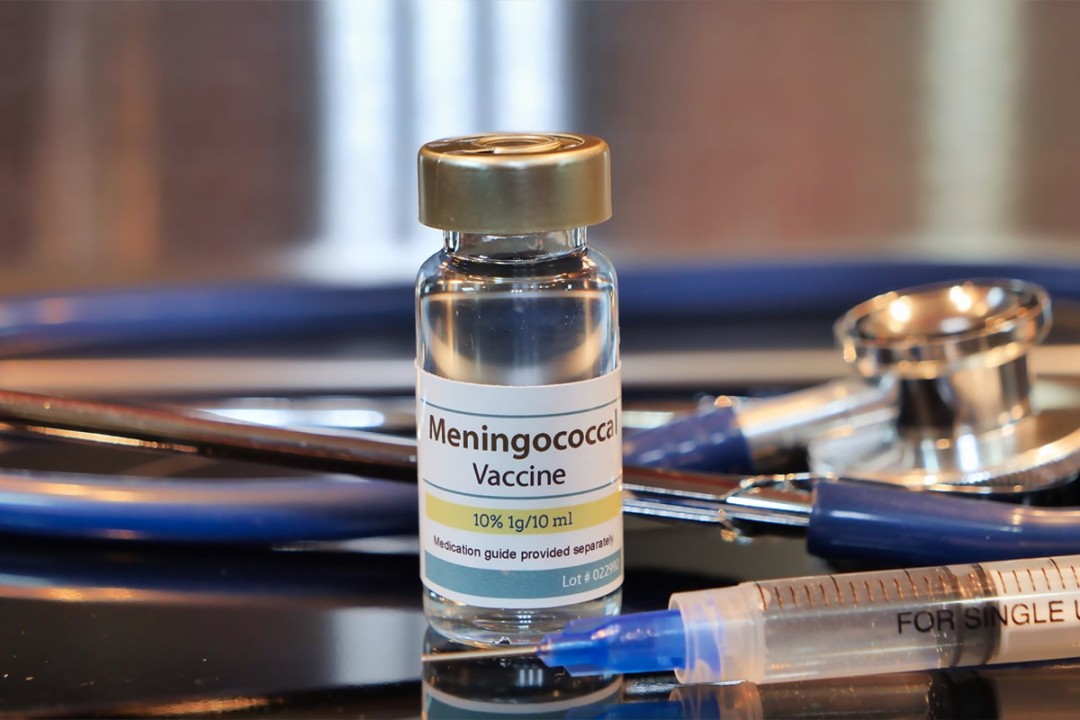Meningococcal disease is a serious bacterial infection that can cause meningitis (inflammation of the lining around the brain and spinal cord) and sepsis. Although meningococcal disease is rare in the United States, it can become life-threatening within hours after symptoms first appear. Fortunately, vaccines exist that offer protection against some of the main strains of bacteria that cause meningococcal disease.
What is Meningococcal Disease?
Meningococcal disease refers to any illness caused by the bacterium Neisseria meningitidis, commonly known as meningococcus. There are several different serogroups of meningococcus, classified by their surface antigens, that can cause invasive disease. The most common in the United States are serogroups B, C, W, and Y.
Serogroup B historically caused up to 60% of meningococcal disease cases. However, in recent years, serogroups C and Y have emerged as more common causes. Meningococcal disease occurs in two main forms – meningitis and sepsis. Meningococcal meningitis involves the inflammation of the protective membranes covering the brain and spinal cord. Meningococcal sepsis is a serious and potentially life-threatening infection of the blood. Both forms can develop rapidly and have high fatality rates if untreated.
Symptoms of meningococcal disease often resemble the flu and can include sudden high fever, headache, stiff neck, vomiting, seizures, confusion, rash of tiny red-purple spots or bruises, and fatigue. The disease is spread through respiratory and throat secretions from infected individuals during close contact like coughing or kissing. While anyone can get meningococcal disease, certain groups are at increased risk including infants, adolescents, young adults, people with certain medical conditions, smokers, and those exposed during outbreaks.
Vaccines Protect Against Common Strains
Fortunately, effective vaccines exist that protect against some of the most common strains in the United States. The first federally recommended meningococcal vaccine was introduced in 2005 to protect against serogroup C disease. Later, in 2010 and 2015, vaccines were licensed to protect against additional serogroups A, C, W and Y disease.
The Meningococcal Conjugate Vaccine or MenACWY protects against serogroups A, C, W, and Y. This vaccine is recommended for all adolescents 11-12 years old with a booster at 16. It is also recommended for certain high-risk groups like people without a spleen, those with HIV or certain immunodeficiencies, and anyone traveling to areas where meningococcal disease is common.
A second meningococcal vaccine, called Serogroup B Meningococcal or MenB, was approved in 2014 and 2015 to protect against serogroup B disease, which causes 40% of cases in the United States. MenB is approved for use in those 10 years or older depending on the specific vaccine.
Timing is Critical for Adolescent Vaccination
Experts stress the importance of administering meningococcal vaccines at the recommended ages as adolescents are at increased risk from serogroups C, W and Y. The MenACWY vaccine produces stronger immunity when given during early adolescence compared to later years. This is because natural antibodies from exposure to related bacteria start to appear after age 16, interfering with the vaccine’s ability to produce protection.
It is also vital for adolescents to receive the MenB vaccine according to recommendations, usually with a two or three dose series starting at age 16-18. Serogroup B continues to cause outbreaks on college campuses where students live in close quarters. Vaccinating during this high-risk stage provides protection when it is needed most. Catch-up MenB vaccination is also advised for those 19-23 years old who have not received it previously.
Heightened Precautions During Outbreaks
While the two meningococcal vaccines protect against strains causing the majority of US cases, outbreaks can still occur from non-vaccine strains or strains for which immunity has waned over time. Education and heightened disease control efforts are critical during an outbreak to prevent further spread to close contacts until antibiotics can clear the carrier state.
During an outbreak, antibiotics may be recommended for previously unvaccinated and partially vaccinated close contacts, even if they show no symptoms. Enhanced surveillance is also needed to rapidly identify new cases and limit transmission. Colleges initiating a MenB vaccination requirement helped control past outbreaks by having high immunization rates on campuses identified as ground zero.
Conclusion
By vaccinating according to expert recommendations, adolescents and at-risk groups gain crucial protection against the most common meningococcal strains in the US. This shields them during peak disease periods, saving lives and avoiding the risk of permanent disability in survivors. MenACWY protects against serogroups A, C, W, and Y disease, while MenB provides additional shielding from the leading cause of meningococcal disease in U.S. teens and young adults. Continued education about vaccine recommendations is needed to sustain high community immunization rates against this potentially deadly yet vaccine-preventable disease.

